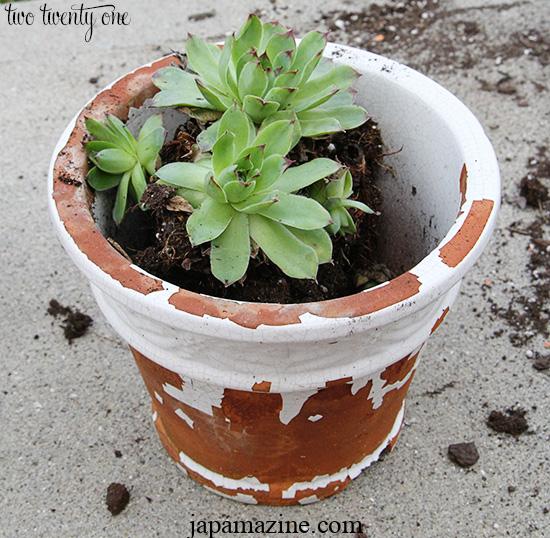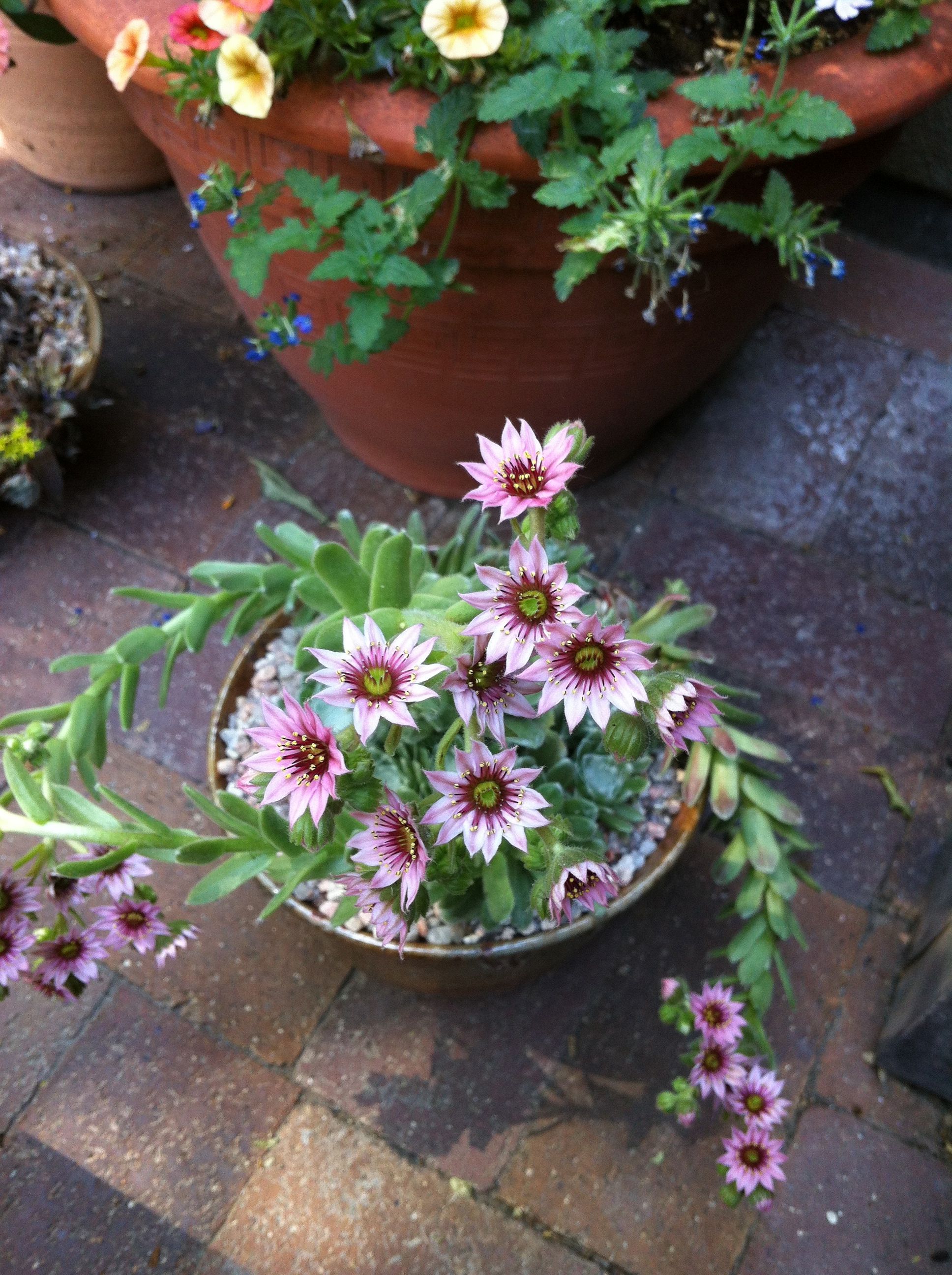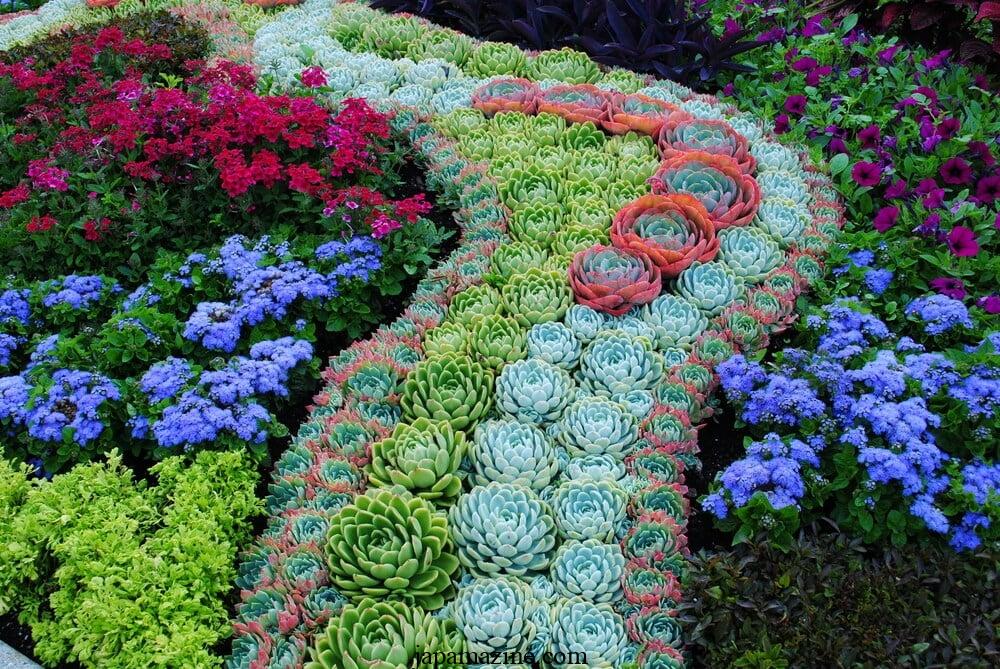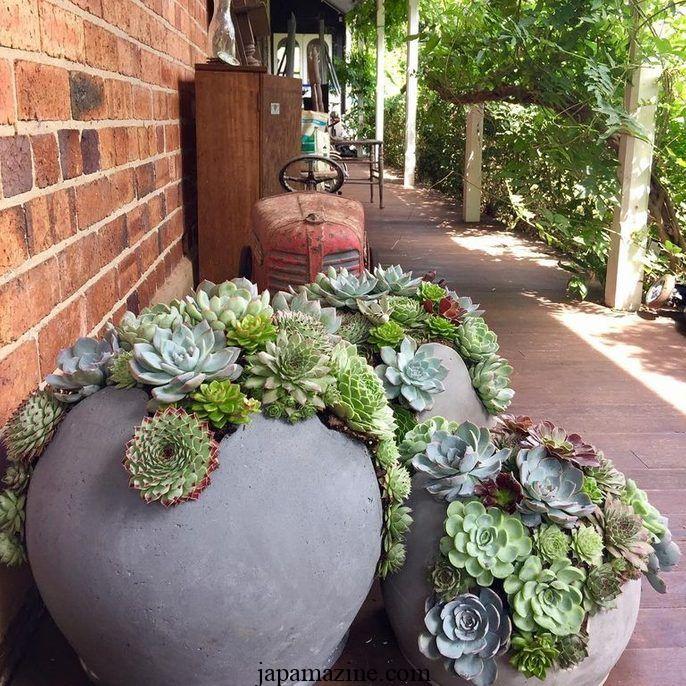
Growing hens and chicks plants in gardens and pots
Growing Hens and Chicks Plants in Gardens and Pots When it comes to growing hens and chicks plants, also known as Sempervivum, in your garden or pots, you’re embarking on an exciting journey that combines the beauty of nature with the joy of gardening. These hardy, succulent plants are not only visually appealing but also […]
Growing Hens and Chicks Plants in Gardens and Pots
When it comes to growing hens and chicks plants, also known as Sempervivum, in your garden or pots, you’re embarking on an exciting journey that combines the beauty of nature with the joy of gardening. These hardy, succulent plants are not only visually appealing but also easy to care for. In this comprehensive guide, we’ll provide you with all the information you need to successfully cultivate hens and chicks, whether in your garden or in pots. Let’s dive into the world of Sempervivum and uncover the secrets to thriving hens and chicks.
Understanding Hens and Chicks Plants

Hens and chicks (Sempervivum) are a diverse group of succulent plants, often characterized by their rosette-shaped leaves that come in a wide range of colors and textures. They are native to mountainous regions of Europe and are well-known for their ability to thrive in challenging conditions. These plants are called “hens and chicks” due to their growth habit: the mother plant (hen) produces offsets (chicks) around it.
Choosing the Right Varieties
Before you start your hens and chicks journey, it’s essential to select the right varieties for your garden or pots. There are numerous Sempervivum species and cultivars to choose from, each with its unique characteristics. Consider factors such as color, size, and texture when selecting the right varieties to complement your outdoor space.
Sunlight Requirements
Hens and chicks plants thrive in full sunlight. To ensure healthy growth and vibrant colors, make sure to place them in an area where they can bask in the sun for at least six hours a day. In regions with scorching summers, some afternoon shade might be beneficial to prevent sunburn.
Well-Draining Soil
Sempervivum plants are highly sensitive to overwatering, so well-draining soil is crucial. A mix of succulent or cactus potting mix with additional perlite or sand will provide the ideal growing medium. This soil combination ensures excess water drains away, preventing root rot.
Planting Hens and Chicks in Gardens

Preparing the Garden Bed
If you plan to grow hens and chicks in your garden, start by preparing a suitable garden bed. Ensure that the soil in the chosen area is well-draining. You can amend it with sand or perlite if necessary. Remove any weeds and rocks to create a clean planting area.
Planting Process
- Dig shallow holes for each Sempervivum rosette, leaving enough space between them to allow for their natural spread. Typically, a few inches of space should suffice.
- Gently remove the hens and chicks plants from their nursery pots, being cautious not to damage their delicate roots.
- Place each rosette into its designated hole, ensuring the top of the root ball is level with the soil surface.
- Water your newly planted hens and chicks lightly to settle the soil around the roots.
Maintenance and Care
Hens and chicks require minimal maintenance. Water sparingly, allowing the soil to dry out between watering sessions. In the growing season, you can provide a balanced, diluted succulent fertilizer to promote healthy growth. Remove any dead or dried-out leaves as needed to maintain their appearance.
Overwintering
Hens and chicks are cold-hardy, but in extremely harsh winter conditions, they may benefit from some protection. Applying a layer of mulch over the plants can help insulate them from extreme cold and prevent frost damage.
Growing Hens and Chicks in Pots

Choosing the Right Containers
When cultivating hens and chicks in pots, selecting the appropriate containers is crucial. Opt for containers with drainage holes to prevent water from pooling at the bottom. Containers made of materials like terra cotta or hypertufa are excellent choices as they allow for air circulation.
Planting Process
- Fill the chosen pot with a well-draining succulent or cactus potting mix, leaving some space at the top for your hens and chicks.
- Create a small hole in the soil where you’ll place the Sempervivum rosette.
- Carefully remove the plant from its nursery pot, ensuring the root ball is intact.
- Place the rosette in the hole, ensuring that it’s level with the soil surface.
- Water lightly to settle the soil and roots in place.
Care and Maintenance
Caring for hens and chicks in pots is similar to garden cultivation. Water sparingly and provide a balanced, diluted succulent fertilizer during the growing season. Keep an eye on the container’s drainage to avoid waterlogged soil.
Container Size
Hens and chicks have a slow growth rate, so you can choose a pot that accommodates your current rosettes with some space for future expansion. However, avoid using excessively large containers as this may lead to overwatering.
Propagating Hens and Chicks

One of the fascinating aspects of hens and chicks is their ability to propagate easily. As the mother plant (hen) produces offsets (chicks), you can separate these offsets and grow new plants.
Propagation Steps
- Wait until the offsets (chicks) have developed their roots and are large enough to handle, typically when they’re around half an inch in diameter.
- Gently twist or cut the offsets from the mother plant, ensuring you include a portion of the root.
- Plant the separated offsets in a suitable location, following the planting guidelines discussed earlier.
Pruning
Occasional pruning is essential to maintain the aesthetics of your hens and chicks plants. Remove any dead or dried-out leaves to encourage healthy growth and maintain their compact appearance.
Dealing with Pests and Diseases

Hens and chicks are generally resilient, but like any plant, they can face some common issues. Keep an eye out for mealybugs, aphids, or fungal diseases. If you notice any problems, treat them promptly with appropriate measures, such as neem oil for pests or a fungicide for fungal issues.
Frequently Asked Questions (FAQ)Q1: Can hens and chicks survive the winter in cold regions?
A1: Yes, hens and chicks are cold-hardy succulents and can withstand cold temperatures, but they may benefit from some winter protection in extremely harsh conditions. Applying a layer of mulch can help insulate them.
Q2: How often should I water hens and chicks?
A2: Water hens and chicks sparingly, allowing the soil to dry out between watering sessions. Overwatering can lead to root rot.
Q3: Do hens and chicks require a lot of sunlight?
A3: Hens and chicks thrive in full sunlight, so it’s best to place them in an area where they can receive at least six hours of sun per day.
Q4: Can I grow hens and chicks indoors?
A4: While hens and chicks prefer outdoor conditions, you can grow them indoors in a bright location with sufficient sunlight.
Q5: How do I prevent overwatering in potted hens and chicks?
A5: To prevent overwatering, make sure your pots have drainage holes, use a well-draining potting mix, and water sparingly, allowing the soil to dry out between watering sessions.
Q6: Are there any
specific diseases that commonly affect hens and chicks?
A6: Hens and chicks can be susceptible to mealybugs, aphids, and certain fungal diseases. Keep a watchful eye for any signs of infestation or disease, and address them promptly to ensure the health of your plants.
Q7: Can I plant hens and chicks in the same container with other succulents?
A7: It’s possible to plant hens and chicks with other succulents in the same container, but keep in mind that they have different growth habits and care requirements. Make sure the container provides well-draining soil and consider the sunlight and watering needs of all the plants in the arrangement.
Q8: How can I encourage vibrant colors in hens and chicks?
A8: To enhance the vibrant colors of hens and chicks, ensure they receive ample sunlight, typically at least six hours a day. Stress from sunlight can intensify the hues of their leaves, creating stunning visual appeal.
Q9: Can I propagate hens and chicks at any time of the year?
A9: While hens and chicks can be propagated throughout the year, the best time is during the growing season, typically spring or early summer. This ensures that the offsets have the best conditions for successful rooting and growth.
Q10: Are hens and chicks suitable for xeriscaping?
A10: Yes, hens and chicks are an excellent choice for xeriscaping, which focuses on water-efficient landscaping. Their drought tolerance and low water requirements make them a perfect addition to xeriscape gardens.
In Conclusion
Growing hens and chicks plants in your garden or pots can be a delightful and rewarding experience. These resilient succulents offer a spectrum of colors and textures, adding visual appeal to your outdoor spaces. By following the guidelines outlined in this comprehensive guide, you can create an environment where hens and chicks thrive, whether in your garden or in containers.
Remember to choose the right varieties, provide adequate sunlight, and ensure well-draining soil. With proper care and occasional maintenance, your hens and chicks will grace your garden with their unique charm and beauty. Now, you’re well-equipped to embark on your journey of cultivating and caring for hens and chicks. Happy gardening!
tag
- chicken feed
- how to Keep Chickens Off Your Porch
- How to grow oyster mushrooms at home
- Growing Kale in Pots







